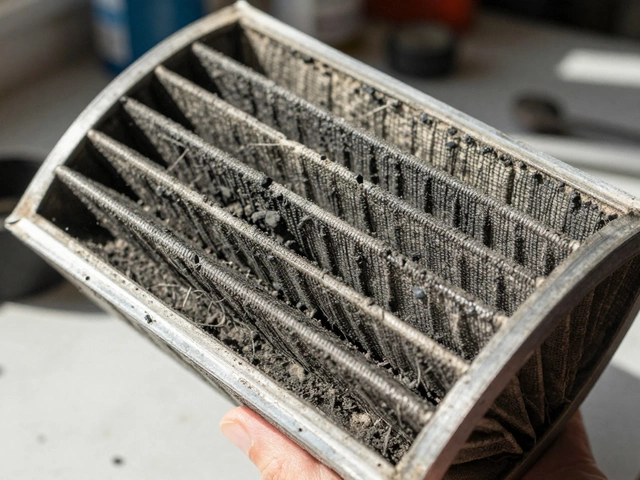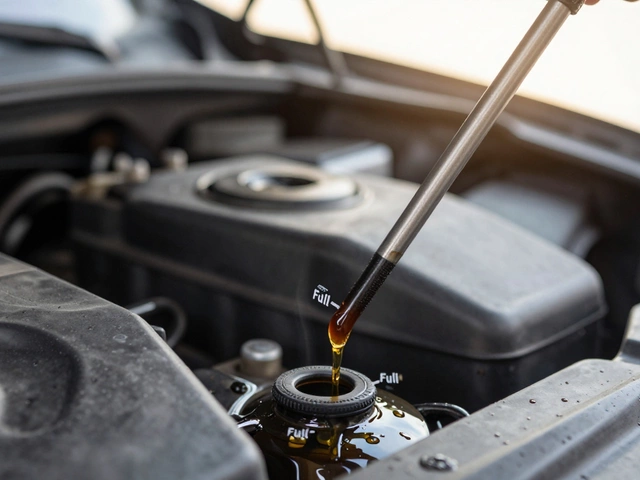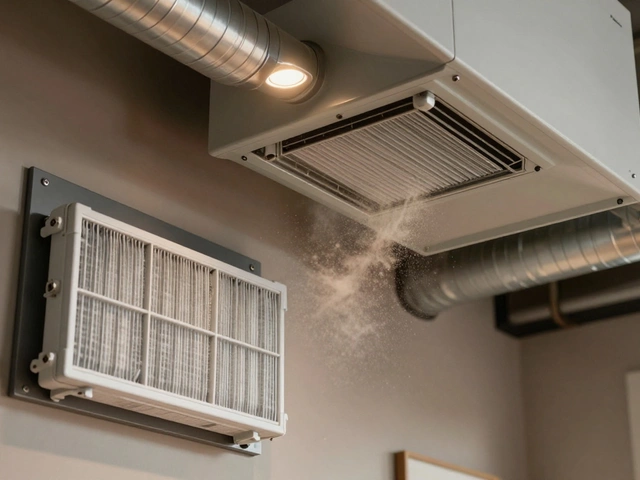
Quick Summary / Key Takeaways
- Slipping at low engine speeds usually means worn friction material.
- A hard or spongy pedal points to hydraulic or release bearing issues.
- Grinding noises, burning smells, or shuddering are red flags for a failing clutch.
- Simple DIY tests can confirm if the problem is the clutch or something else.
- Address symptoms promptly to avoid costly transmission damage.
When your car’s clutch starts acting up, you’ll notice it in the way the vehicle accelerates, how the pedal feels, or even in the sounds coming from the engine bay. Knowing the tell‑tale signs helps you catch a bad clutch signs early, saves money, and keeps you safe on the road.
What a Clutch is a mechanical device that engages and disengages power between the engine and the transmission does
The clutch sits between the Transmission the gear‑changing system that delivers power to the wheels and the engine’s crankshaft. When you press the pedal, the clutch disengages, letting you change gears without grinding. Release the pedal and the clutch re‑engages, sending torque to the wheels.
Top Symptoms of a Failing Clutch
Below are the most common clues that the clutch is on its last legs. Each one tells a different story about which part inside the clutch assembly is under stress.
1. Slipping at Low RPM
If you floor the accelerator and the engine revs rise but the car doesn’t pick up speed, the clutch is slipping. This usually means the friction material on the Pressure Plate the component that presses the clutch disc against the flywheel or the clutch disc itself is worn thin.
2. Hard or Spongy Pedal
A clutch pedal that feels unusually stiff may indicate a problem with the Hydraulic System the master and slave cylinders that move the clutch fork. Conversely, a pedal that sinks to the floor with little resistance often points to fluid leaks or air in the lines.
3. Grinding Noise When Shifting
Hear a grinding sound while you shift gears? The Release Bearing the bearing that allows the clutch to disengage smoothly may be worn out, causing metal‑to‑metal contact.
4. Burning Smell After Heavy Use
A distinct, acrid smell after a hard climb or aggressive driving usually means the clutch disc is overheating. Over‑heated friction material can glaze, making the clutch slip even more.
5. Shudder or Vibration at the Bite Point
When you release the pedal and the car jerks or vibrates, the clutch disc may be warped, or the Flywheel the heavy steel disc attached to the engine crankshaft could be uneven.
6. Inconsistent Engagement
If the clutch sometimes catches smoothly and other times feels mushy, it could be a worn Friction Material the lining on the clutch disc that grips the flywheel or an uneven pressure plate.
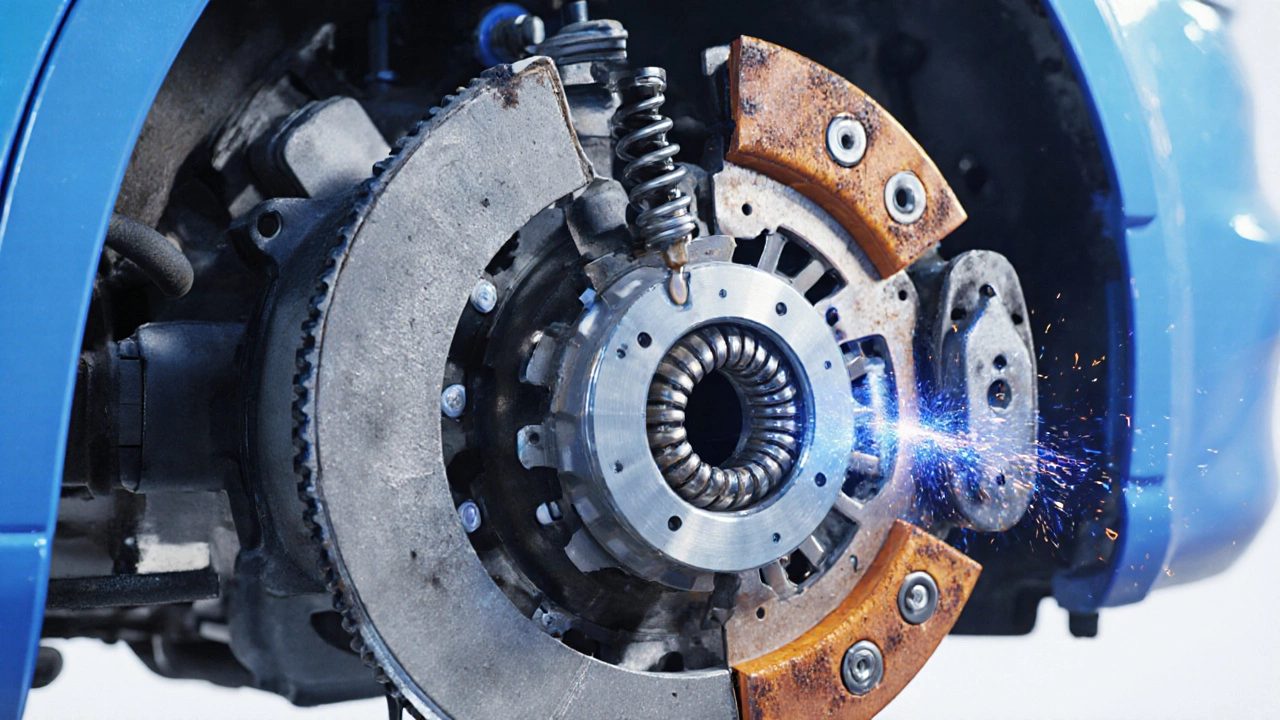
Quick Diagnostic Table
| Symptom | Likely Clutch Component | What It Means |
|---|---|---|
| Engine revs rise, car doesn’t accelerate | Worn friction material or pressure plate | Clutch is slipping, needs replacement |
| Hard pedal, difficult to press | Hydraulic system issues (low fluid, bad master cylinder) | Pedal force isn’t reaching the clutch |
| Grinding when shifting | Failed release bearing | Metal contact, replace bearing |
| Burning odor after hill climbs | Over‑heated clutch disc | Disc glazing, may need resurfacing or new kit |
| Shudder at bite point | Warped flywheel or disc | Uneven contact, consider resurfacing |
Simple DIY Checks Before You Hit the Shop
Not every driver wants to jump straight to a mechanic. Here are a few quick tests you can run in a parking lot.
- Hill‑Start Test: On a slight incline, engage first gear and let go of the clutch slowly. If the engine stalls or the car lurches, the clutch is likely slipping.
- Pedal Feel Test: Pump the clutch pedal a few times. If it feels spongy or sinks, check the hydraulic fluid level and look for leaks.
- Noise Check: With the engine idling, press the clutch pedal fully and listen for grinding. A continuous whining or grinding sound points to a bad release bearing.
- Smell Test: After a hard drive, open the hood and sniff near the transmission. A burnt scent signals overheating friction material.
If any of these checks flag an issue, it’s time to schedule a professional inspection.
When to Replace the Clutch
Even with a solid DIY diagnostic, a certified technician can confirm the exact wear levels. Generally, you’ll replace the clutch when:
- Friction material thickness is below the manufacturer’s minimum (often < 0.5mm).
- Release bearing shows audible noise or feels rough.
- Pressure plate springs are broken or corroded.
- Flywheel is cracked, warped, or has hot spots.
Most clutch kits come with a new disc, pressure plate, and release bearing. Adding a flywheel resurfacing service can extend the life of the whole assembly.
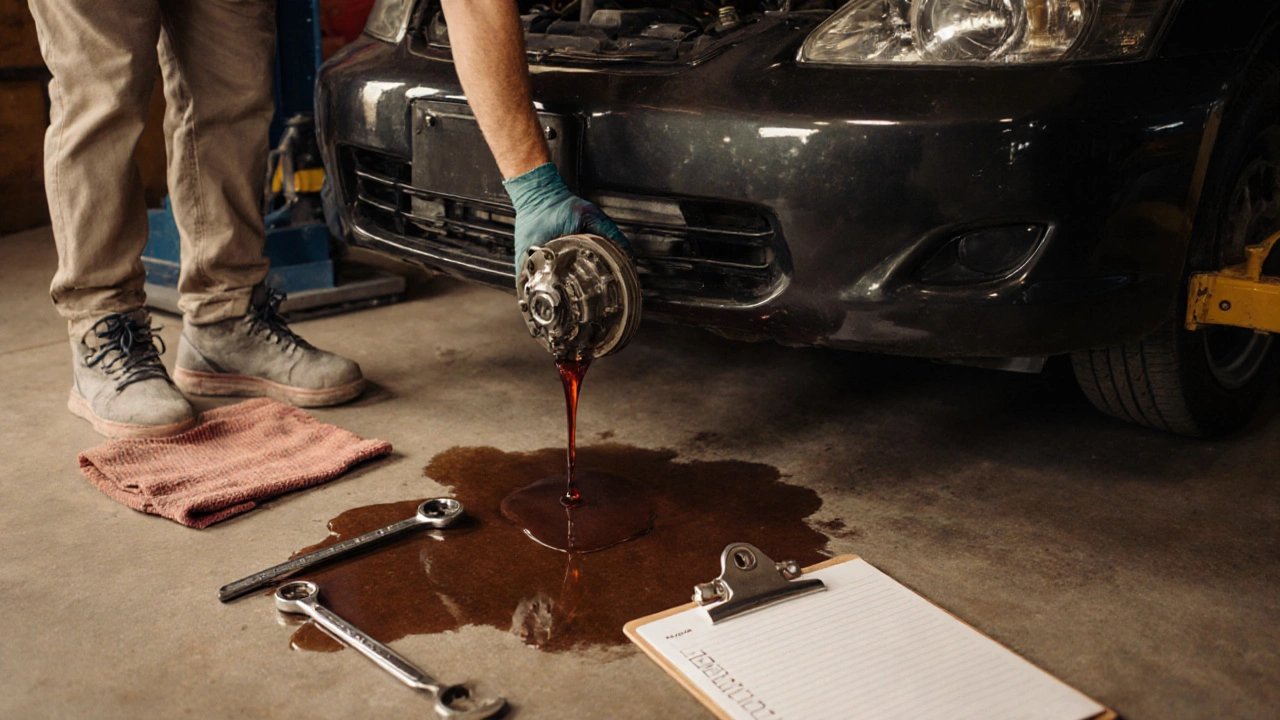
Preventive Maintenance Tips
- Use the clutch sparingly: Rest the foot on the pedal only when you need to shift.
- Avoid riding the clutch: Keep the pedal fully up when cruising.
- Keep hydraulic fluid clean: Change it according to the car maker’s schedule (typically every 30,000mi).
- Warm‑up gently: Heavy starts when the engine is cold put extra stress on the clutch.
- Inspect for leaks: A small fluid puddle under the vehicle could be a failing master cylinder.
Checklist Before Visiting a Mechanic
- Note the exact symptom(s) and when they occur.
- Record the clutch pedal travel distance and any unusual feel.
- Listen for any grinding or whining noises when the pedal is fully depressed.
- Check hydraulic fluid level and look for leaks around the master cylinder.
- Provide the mechanic with a brief description of recent driving conditions (e.g., hill climbing, towing).
Having this info ready speeds up the diagnosis and can save you a few dollars.
Frequently Asked Questions
Can a bad clutch damage the transmission?
Yes. If the clutch slips constantly, the transmission receives inconsistent torque, which can wear gears and synchros faster. Replacing the clutch early prevents costly transmission repairs.
How long does a clutch typically last?
Most modern clutches last between 60,000 and 100,000 miles, but aggressive driving, frequent stop‑and‑go traffic, or heavy towing can shorten that range.
Is a noisy clutch pedal always a sign of failure?
Not always. Some noise can come from a worn pedal bushing or loose linkage. However, grinding when the pedal is pressed usually points to a failing release bearing.
Can I replace the clutch myself?
If you have basic mechanical skills, proper tools, and a lift, you can replace a clutch kit. It’s labor‑intensive, so many owners opt for professional help unless they’re comfortable working under the car.
What’s the difference between a clutch slip and a transmission slip?
Clutch slip occurs when the clutch disc can’t hold engine torque, causing the engine revs to rise without speed gain. Transmission slip happens inside the gearbox when gears can’t lock together, often due to worn synchros.



